joel-sternfeld
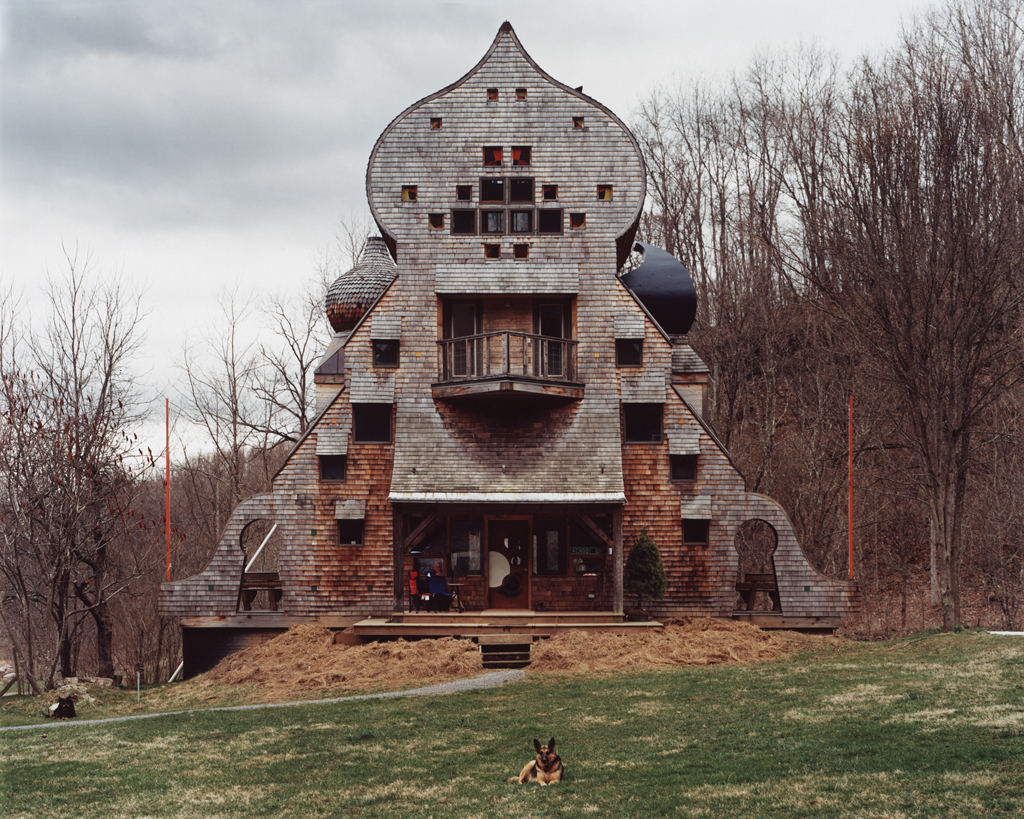

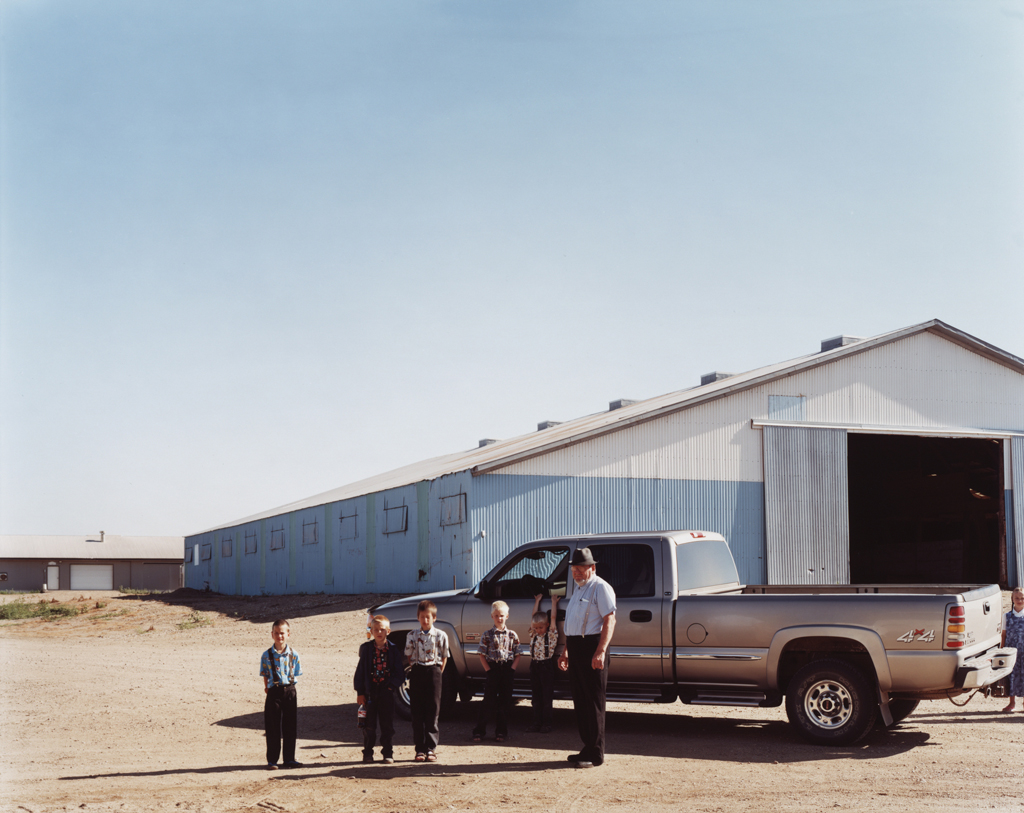
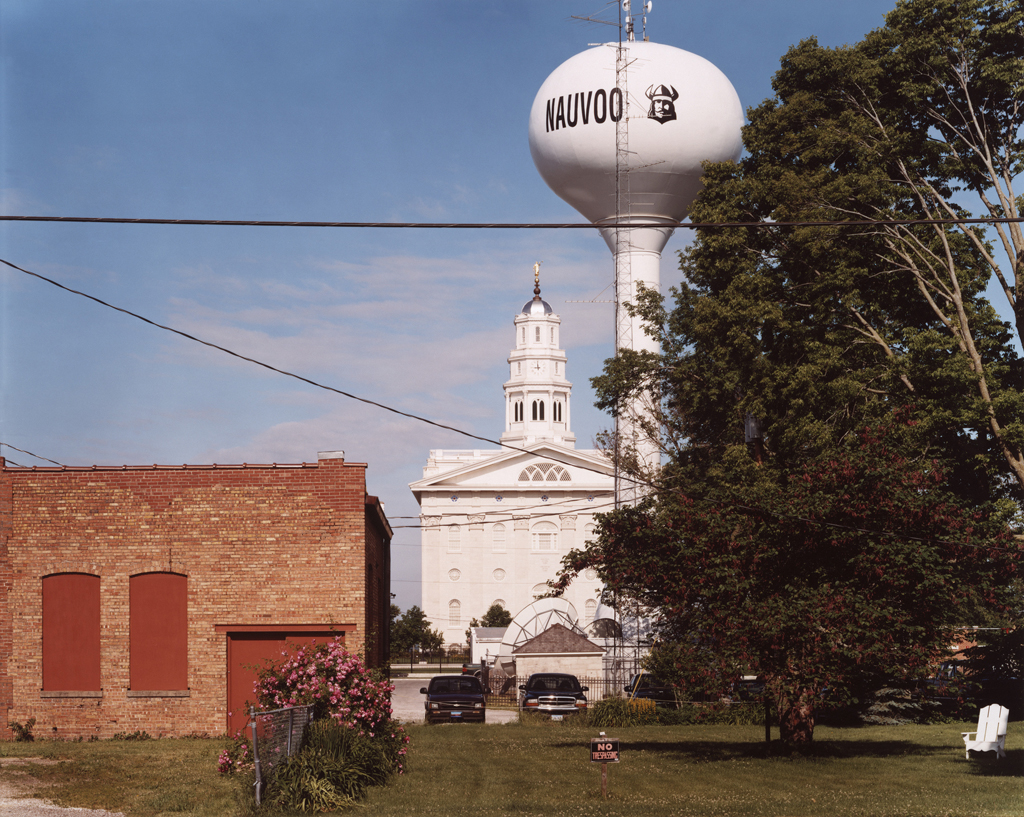
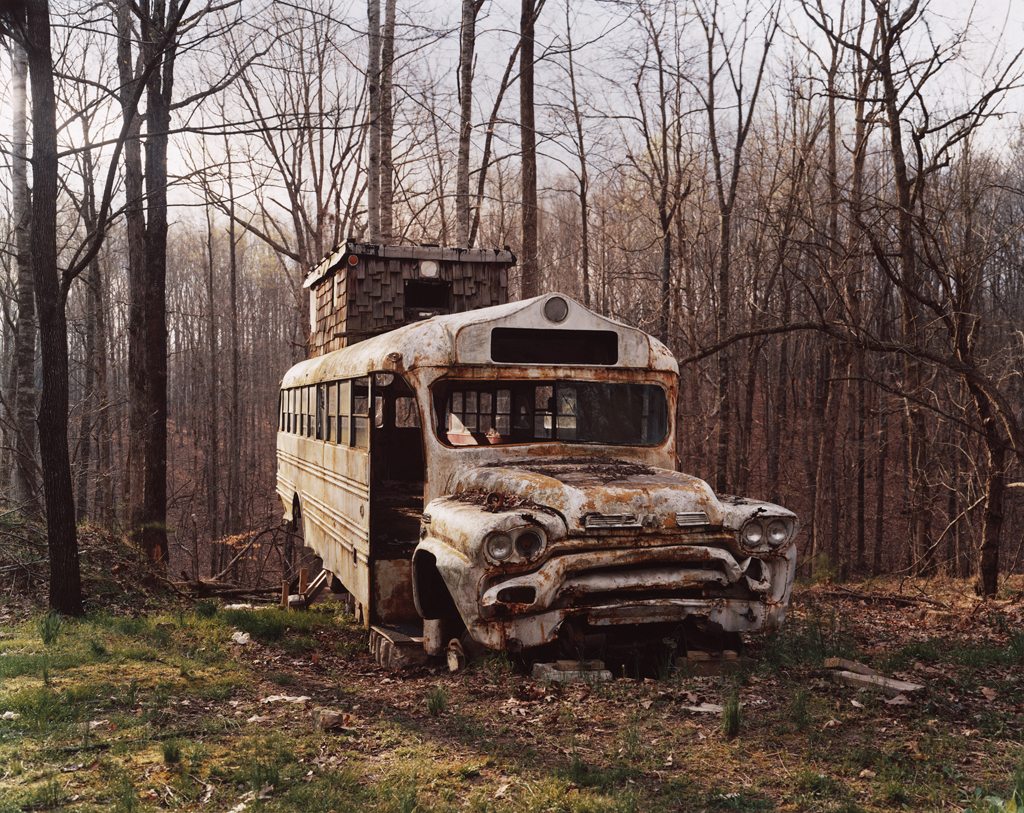
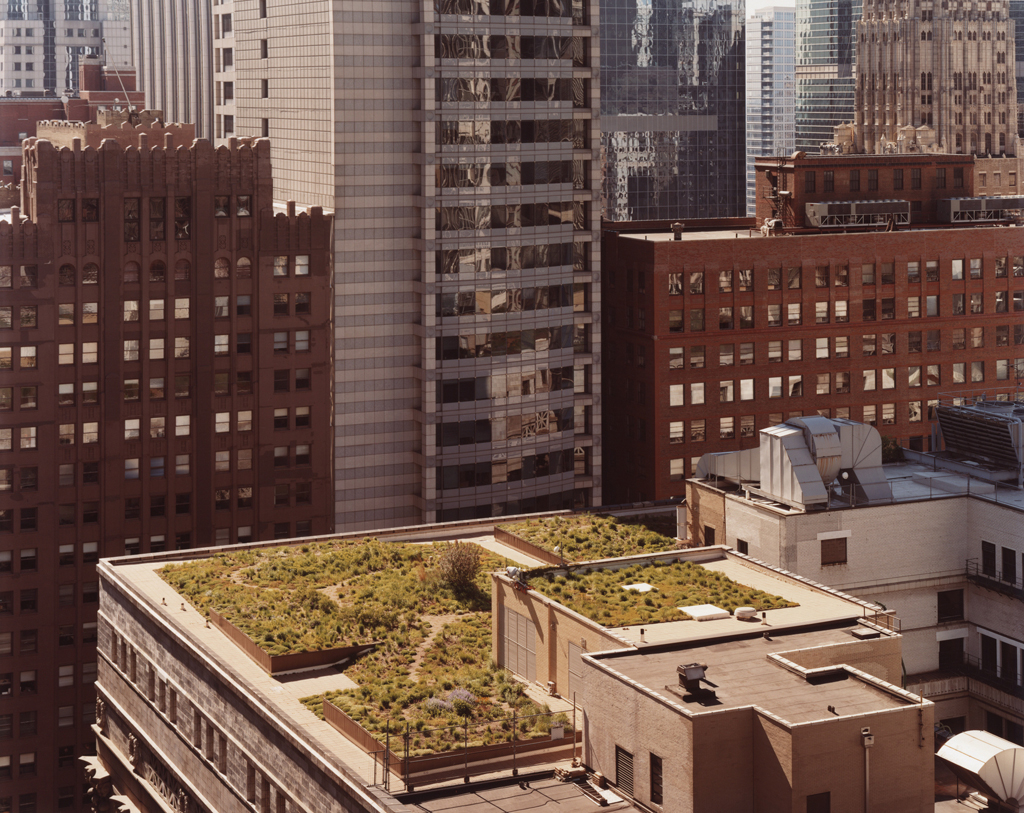
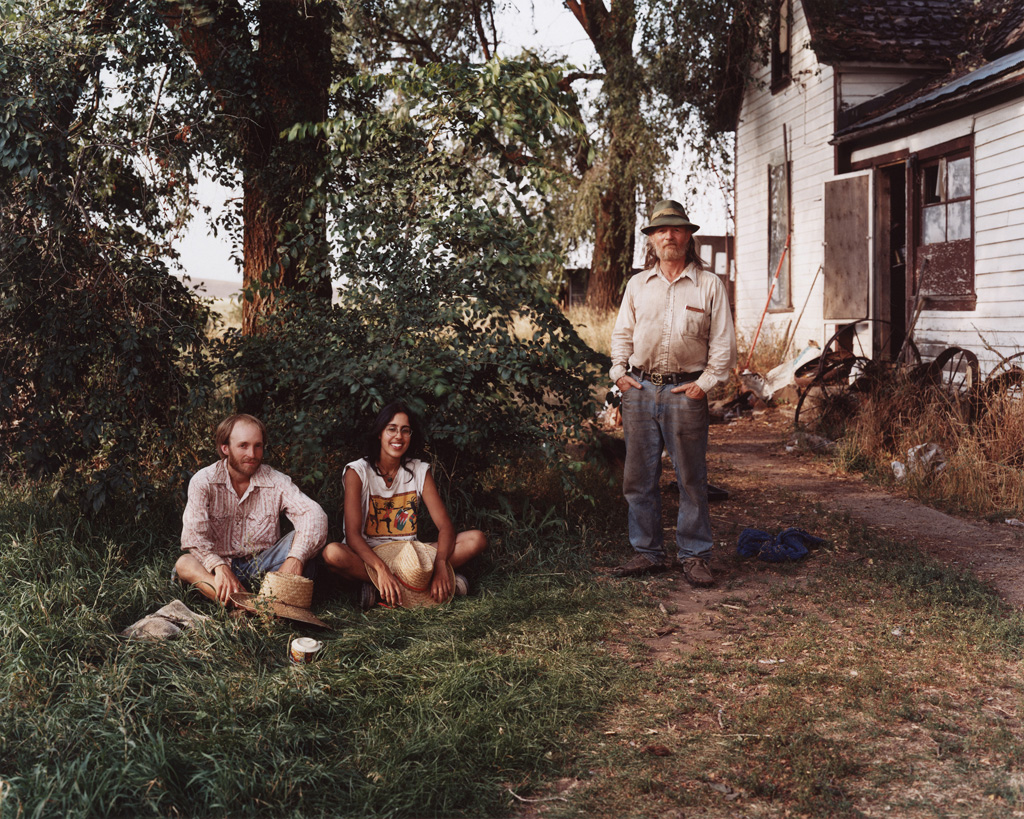
Joel Sternfeld
[1944, USA]
Ontevredenheid met de huidige politieke en/of sociale situatie kan verschillende reacties oproepen. In Sweet Earth, documenteerde Sternfeld voorbeelden van huidige en historische Amerikaanse utopia’s. Door ze samen te brengen worden zij onderdeel van een groter geheel, een gemeenschap van gemeenschappen, en lijken zij niet langer wanhopige, geïsoleerde sociale fenomenen te zijn. Terwijl de vroegste denkers over de inrichting van de samenleving uit Europa kwamen, werden in het nog jonge en verwachtingsvolle Amerika de echte utopische gemeenschappen opgebouwd. Tussen 1810 en 1850 probeerden honderden seculaire en religieuze verenigingen moedig een ‘perfect’ leven voor hun leden op te bouwen. In de 20e eeuw begon het experimenteren opnieuw en ook de jaren ’90 en het begin van het nieuwe millennium vormen een broeikas van recente sociale experimenten.
Ontevredenheid met de huidige politieke en/of sociale situatie kan verschillende reacties oproepen. In Sweet Earth, documenteerde Sternfeld voorbeelden van huidige en historische Amerikaanse utopia’s. Door ze samen te brengen worden zij onderdeel van een groter geheel, een gemeenschap van gemeenschappen, en lijken zij niet langer wanhopige, geïsoleerde sociale fenomenen te zijn. Terwijl de vroegste denkers over de inrichting van de samenleving uit Europa kwamen, werden in het nog jonge en verwachtingsvolle Amerika de echte utopische gemeenschappen opgebouwd. Tussen 1810 en 1850 probeerden honderden seculaire en religieuze verenigingen moedig een ‘perfect’ leven voor hun leden op te bouwen. In de 20e eeuw begon het experimenteren opnieuw en ook de jaren ’90 en het begin van het nieuwe millennium vormen een broeikas van recente sociale experimenten.
DACHA ? STAFGEBOUW, GESUNDHEIT! INSTITUUT, HILLSBORO, WEST-VIRGINIA
,
APRIL 2004
When Dr. Patch Adams envisions the forty-bed rural community health care facility that he refers to as “the free silly hospital,” he hopes it will be “funny looking, full of surprises and magic.”
Adams’ desire to humanize healthcare has always taken radical form. From 1971 to 1983, he and nineteen other adults and their children moved into a six-bedroom home and called themselves a hospital. Three of the adults were physicians. They were continuously open to patients and saw fifteen thousand people over a period of twelve years. Initial doctor/patient interviews were three to four hours long, “so that we could fall in love with each other.” Since no donations were received, nor was there any outside funding, the staff eventually left and the hospital closed.
This led Adams to his present period of fundraising, which he often does in the guise of a clown. A three-hundred-acre farm has been purchased in West Virginia—chosen because it is the most medically under-served state in the nation— and two buildings have been constructed. The Dacha/Staff Building was designed by the Yestermorrow Design/Build School of Warren, Vermont. Amongst numerous other unconventional practices, the hospital will not charge for its services and neither will it carry malpractice insurance. Heal- ing arts such as acupuncture, massage, yoga, herbalism and faith healing will be integrated into patient care. Patients and staff will stay at the hospi- tal, and forty beds will be available for “plumbers, string quartets and anyone wanting a service-oriented vacation,” reflecting Adams’ vision that the health of the individual cannot be separated from the health of the community. Although the free silly hospital is not yet built, the idea of it can and does influence the dialogue on health care delivery systems.
When Dr. Patch Adams envisions the forty-bed rural community health care facility that he refers to as “the free silly hospital,” he hopes it will be “funny looking, full of surprises and magic.”
Adams’ desire to humanize healthcare has always taken radical form. From 1971 to 1983, he and nineteen other adults and their children moved into a six-bedroom home and called themselves a hospital. Three of the adults were physicians. They were continuously open to patients and saw fifteen thousand people over a period of twelve years. Initial doctor/patient interviews were three to four hours long, “so that we could fall in love with each other.” Since no donations were received, nor was there any outside funding, the staff eventually left and the hospital closed.
This led Adams to his present period of fundraising, which he often does in the guise of a clown. A three-hundred-acre farm has been purchased in West Virginia—chosen because it is the most medically under-served state in the nation— and two buildings have been constructed. The Dacha/Staff Building was designed by the Yestermorrow Design/Build School of Warren, Vermont. Amongst numerous other unconventional practices, the hospital will not charge for its services and neither will it carry malpractice insurance. Heal- ing arts such as acupuncture, massage, yoga, herbalism and faith healing will be integrated into patient care. Patients and staff will stay at the hospi- tal, and forty beds will be available for “plumbers, string quartets and anyone wanting a service-oriented vacation,” reflecting Adams’ vision that the health of the individual cannot be separated from the health of the community. Although the free silly hospital is not yet built, the idea of it can and does influence the dialogue on health care delivery systems.






